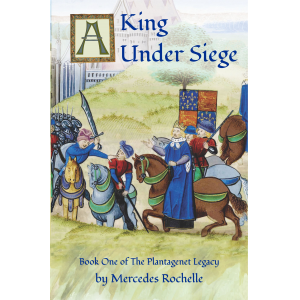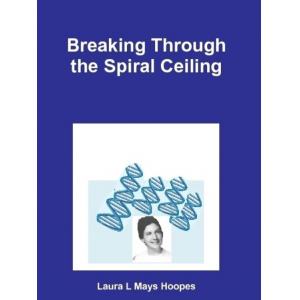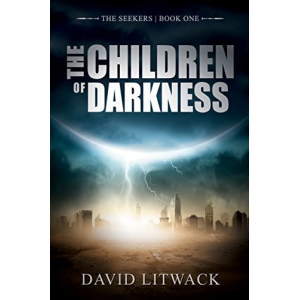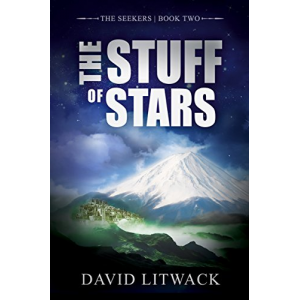- Author
- Book
- Story behind the book
- Media Links
- Reviews
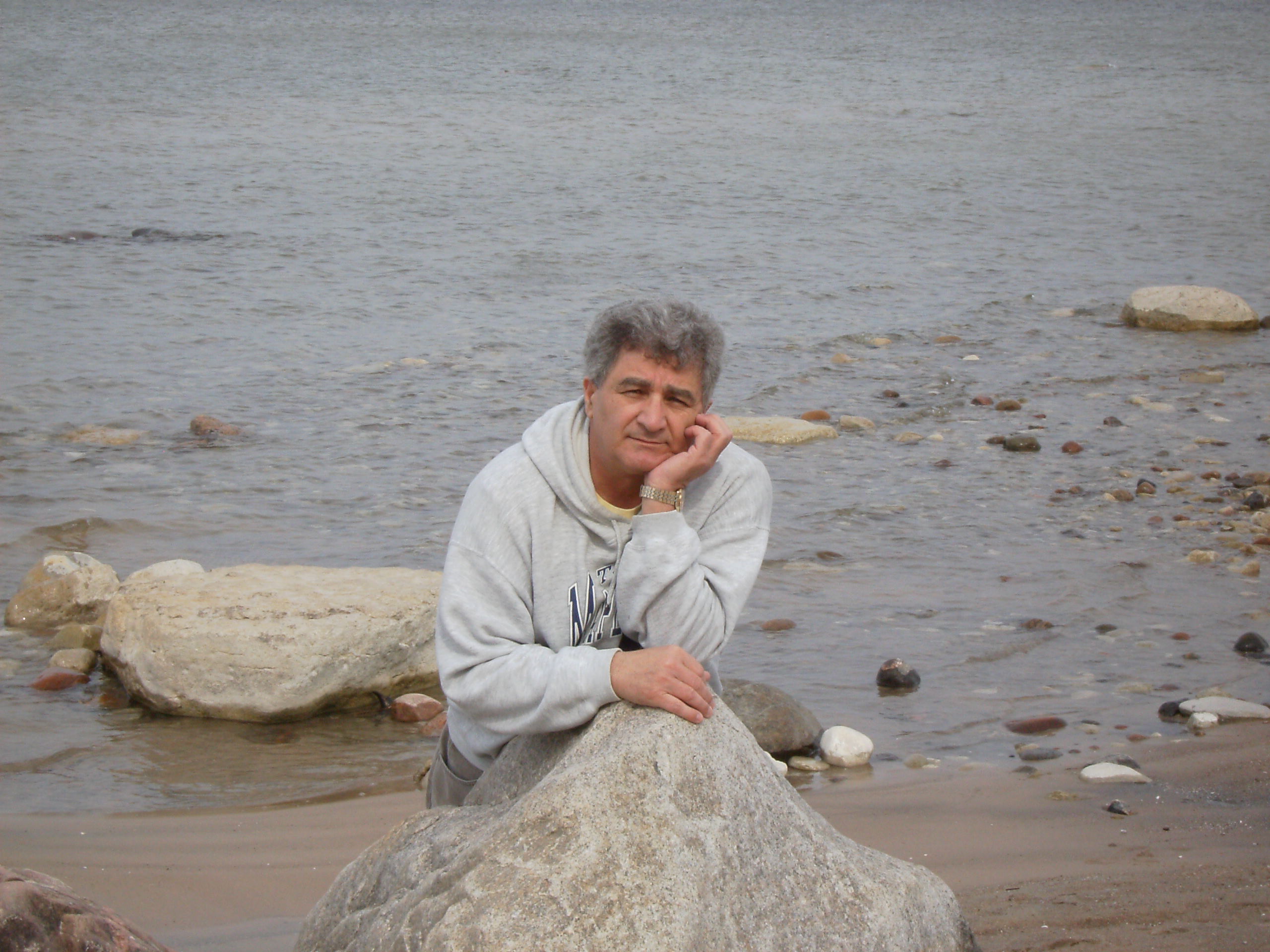
Orest Stocco
About
Introducing Georgian Bay Author, Orest Stocco
Born with a spiritual restlessness that could not be tamed by my Christian faith, I became a spiritual seeker when I discovered reincarnation in Plato's Dialogues at the age of fifteen. I grew up in a small town in North Western Ontario, and at twenty-one I had my own pool hall and vending machine business; but my restless spirit called me away to seek out my destiny, and I sold my business and sailed to France.
In the Alpine city of Annecy, in the Haute-Savoie region of France I had a dream that called me to my destiny. I entered into the mind of every person in the world and took every question they had ever asked and reduced them all to one question: Why am I? I returned to Canada and went to university to study philosophy to seek an answer to this haunting question, and by "chance" I discovered Gurdjieff, the redoubtable teacher of a system of transformative thought that he called "the Work." His teaching excited my restless spirit and compelled me to seek out the answer to man's disquieting question in the fast, often tumultuous currents of daily living.
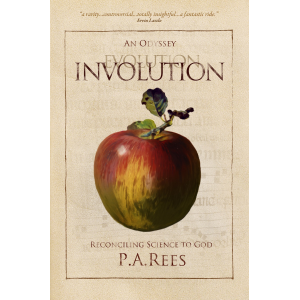
Involution-An Odyssey Reconciling Science to God
Description
<p>“<em>We are not human beings having a spiritual experience; we are spiritual beings having a human experience.”(</em>Teilhard de Chardin<em>)</em></p><p><span style="line-height:1.6em;"><em>Involution-An Odyssey Reconciling Science to God </em> is as layered as a French cassoulet, as diverting, satisfying and as rich. Each reader will spoon this book differently. On the surface it seems to be a simple and light-hearted poetic journey through the history of Western thought, dominantly scientific, but enriched with painting and music. Beneath that surface is the sauce of a new evolutionary idea, involution; the informing of all matter by consciousness, encoded and communicating throughout the natural world. A book about the cathedral of consciousness could have used any language to paint it, but science is perhaps most in need of new vision, and its chronology is already familiar.</span></p><p><span style="line-height:1.6em;">The author offers a bold alternative vision of both science and creation: she suggests that science has been incrementally the recovery of memory, the memory of evolution/involution</span><em style="line-height:1.6em;">.</em></p><p>“<em> Involution proposes that humans carry within them the history of the universe, which is (re)discovered by the individual genius when the time is ripe. All is stored within our DNA and awaits revelation. Such piecemeal revelations set our finite lives in an eternal chain of co-creation and these new leaps of discovery are compared to mystical experience</em>” (From a reviewer)</p><p>Each unique contributor served the collective and universal return to holism and unity. Thus the geniuses of the scientific journey, like the spiritual visionaries alongside, have threaded the rosary of science with the beads of inspiration, and through them returned Man to his spiritual nature and origin.</p><p><span style="line-height:1.6em;">The separation between experience and the rational intellect of science has, by modelling memory as theory, separated its understanding from the consciousness of all, and perceives mind and matter as separate, God and Man as distinct. This work is a dance towards their re-unification: Saints and scientists break the same bread.</span></p><p><span style="line-height:1.6em;">All of time and all the disciplines of science are needed for the evidence. Through swift (and sometimes sparring) Cantos of dialogue between Reason and Soul, Philippa Rees takes the reader on a monumental journey through the history of everything – with the evolution of man as one side of the coin and involution the other. The poetic narrative is augmented by learned and extensive footnotes offering background knowledge which in themselves are fascinating. In effect there are two books, offering a right and left brain approach. The twin spirals of a DNA shaped book intertwine external and internal and find, between them, one journey, Man’s recovery of Himself., and (hopefully) the Creation’s recovery of a nobler Man.</span></p><p><span style="line-height:1.6em;">From the same review “</span><em style="line-height:1.6em;">The reader who finishes the book will not be the same as the one who began it. New ideas will expand the mind but more profoundly, the deep, moving power of the verse will affect the heart.</em></p><p><em>(Marianne Rankin: Director of Communications, Alister Hardy Trust)</em></p><p> </p>
Story Behind The Book
In the Gnostic Gospel of Thomas, Jesus said: "Whoever finds the interpretations of these sayings will not taste death." In the Parable of the Good Samaritan in Luke's Gospel, Jesus gives us the key to breaking the code of his sayings. In Why Bother? The Riddle of the Good Samaritan, author Orest Stocco solves the riddle and gives us the key to interpreting the sayings of Jesus. At long last the mystery of Christ's secret teaching of eternal life has been revealed.
